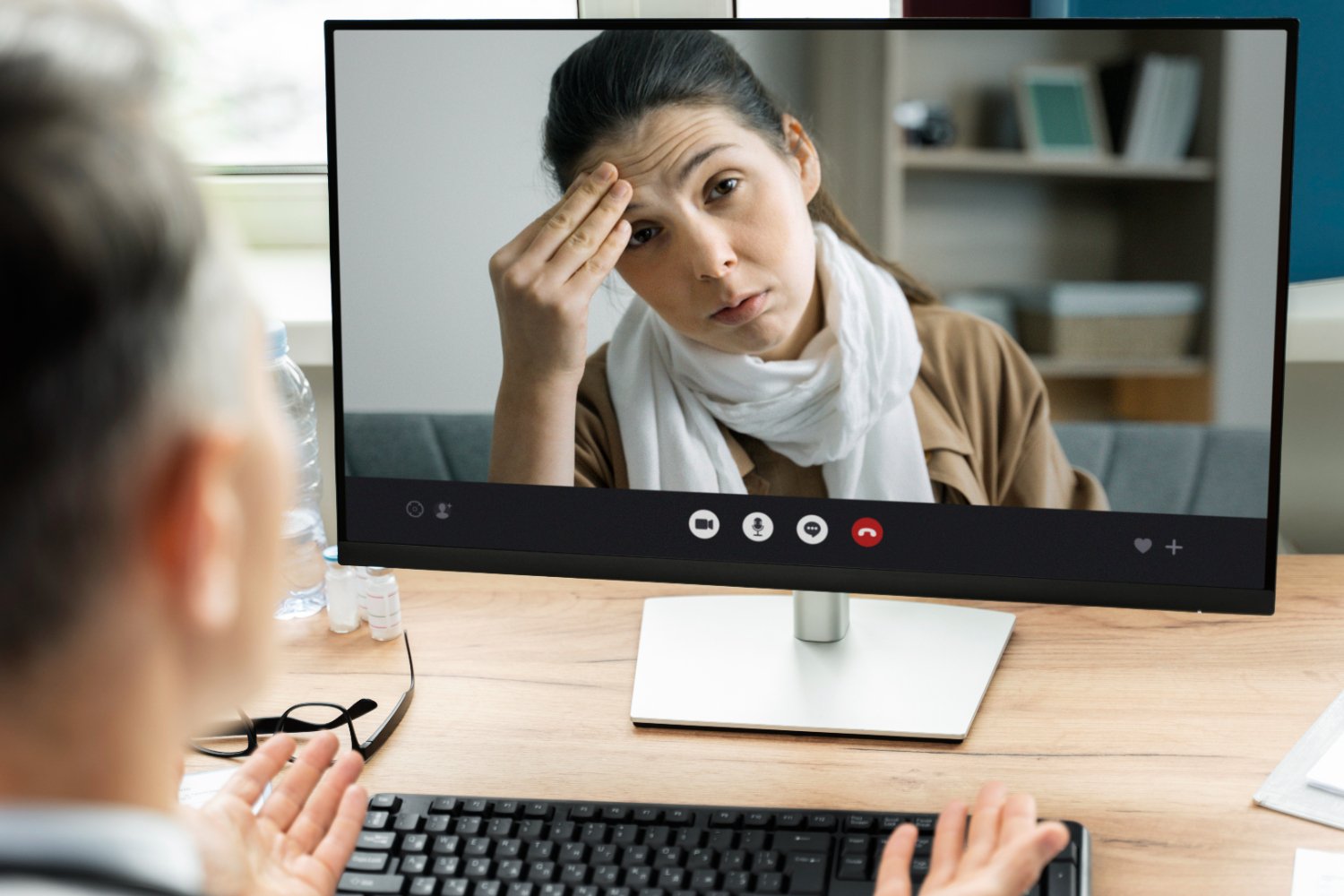Avoid Common Video Conferencing Mistakes
Video conferencing has become a key part of work and communication. It allows teams to connect in real time, even if they are in different locations. However, video calls can sometimes go wrong due to common mistakes. These issues can lead to poor communication and wasted time.
Here’s a look at common video conferencing mistakes and how to avoid them for smoother meetings.
1. Poor Internet Connection
A weak internet connection is one of the most common issues in video calls. It causes delays, interruptions, and poor video quality. This frustrates participants and affects communication.
How to Avoid It:
-
Test your connection before the meeting.
-
Use a wired connection for better stability.
-
Ask others at home to limit their internet use during the call.
2. Bad Lighting or Camera Angles
Bad lighting and poor camera positioning make it hard for others to see you. This reduces the personal connection during face-to-face video calls.
How to Avoid It:
-
Sit in a well-lit area, facing a light source.
-
Adjust your camera so it’s at eye level.
-
Check how you appear on screen before starting the meeting.
3. Background Noise
Background noise is a major distraction during video conferencing. It makes it hard for others to focus on the discussion.
How to Avoid It:
-
Find a quiet location for your video calls.
-
Use headphones with a built-in microphone to reduce noise.
-
Mute yourself when not speaking to avoid unnecessary sounds.
4. Forgetting to Mute or Unmute
Forgetting to mute yourself when there’s background noise can disrupt a meeting. On the other hand, forgetting to unmute can make you miss your chance to speak.
How to Avoid It:
-
Get used to the mute/unmute feature of your video conferencing software.
-
Always check if you’re muted before speaking.
-
Mute yourself when not talking to avoid interruptions.
Read more: Integrating Video Conferencing with Project Management Tools
5. Ignoring the Meeting Agenda
A meeting without an agenda can become unproductive. Participants may lose focus or spend too much time on unrelated topics.
How to Avoid It:
-
Create a clear agenda and share it with everyone before the meeting.
-
Stick to the topics and set time limits for each discussion point.
-
Summarise action items at the end of the call.
6. Technical Issues with Equipment
Technical problems with cameras, microphones, or software can cause delays. These issues waste time and disrupt the flow of the meeting.
How to Avoid It:
-
Test your equipment before the meeting.
-
Update your video conferencing software regularly.
-
Have a backup device ready in case of unexpected problems.
Read more: How to Choose the Best Video Conferencing Software
7. Multitasking During the Meeting
Checking emails or doing other tasks during a video call reduces focus. It also gives the impression that you are not paying attention.
How to Avoid It:
-
Stay present and give the meeting your full attention.
-
Keep other devices or distractions out of reach.
-
Show respect to other participants by being engaged.
8. Talking Over Others
Interrupting others or talking at the same time can cause confusion. It also disrupts the flow of the conversation.
How to Avoid It:
-
Wait for your turn to speak.
-
Use hand-raising or reaction features in the video conferencing software.
-
Allow pauses to ensure everyone has a chance to contribute.
9. Overlooking Time Zones
Scheduling a meeting without considering different time zones can leave some participants frustrated or unable to join.
How to Avoid It:
-
Check the time zones of all participants before setting the meeting time.
-
Use scheduling tools that adjust for time zone differences.
-
Rotate meeting times if possible to accommodate everyone.
10. Not Preparing for the Call
Joining a video conference without preparation wastes time and reduces productivity.
How to Avoid It:
-
Review the agenda and prepare your input before the meeting.
-
Have all necessary documents or data ready to share.
-
Check the meeting link and log in a few minutes early.
11. Ignoring Visual Cues
In video calls, visual cues like facial expressions and body language are important. Ignoring these signals can lead to misunderstandings.
How to Avoid It:
-
Pay attention to participants’ faces and gestures.
-
Show engagement by nodding or using small expressions.
-
Avoid looking distracted or checking your phone during the call.
12. Forgetting to Follow Up After the Call
Not following up after a meeting can lead to missed action items or unclear outcomes.
How to Avoid It:
-
Send a summary email with key points and action items after the meeting.
-
Include deadlines and responsibilities for each task.
-
Check in with participants to ensure everything is on track.
Read more: Video Conferencing Solutions for Effective Meetings
13. Failing to Test New Features
Video conferencing tools often have features like screen sharing or breakout rooms. Failing to test these can lead to delays during the call.
How to Avoid It:
-
Explore the features of your video conferencing software.
-
Practise using tools like virtual backgrounds, breakout rooms, or file sharing.
-
Test any new feature before using it in a meeting.
Read more: The Future of Video Conferencing: Top Trends to Watch
Conclusion
Video conferencing is an excellent way to stay connected in real time. However, common mistakes can disrupt communication and waste time. Avoiding these issues ensures smoother, more productive video calls.
From checking your internet connection to following up after meetings, small steps can make a big difference. Pay attention to details like lighting, background noise, and preparation to improve your face-to-face interactions online.
By avoiding these mistakes, you’ll create a better experience for yourself and others. Effective video conferencing leads to stronger connections and more successful meetings.
Continue reading: The Ultimate Video Conferencing Setup for Digital Nomads
Image credits: Freepik
